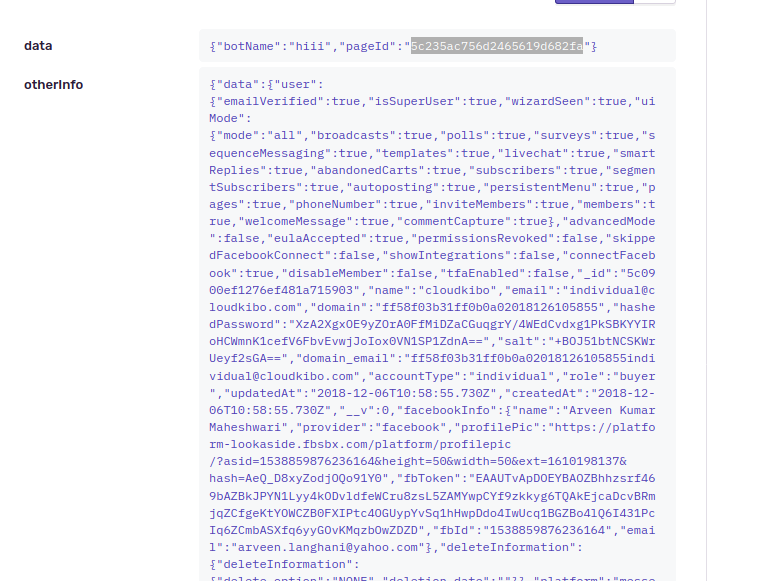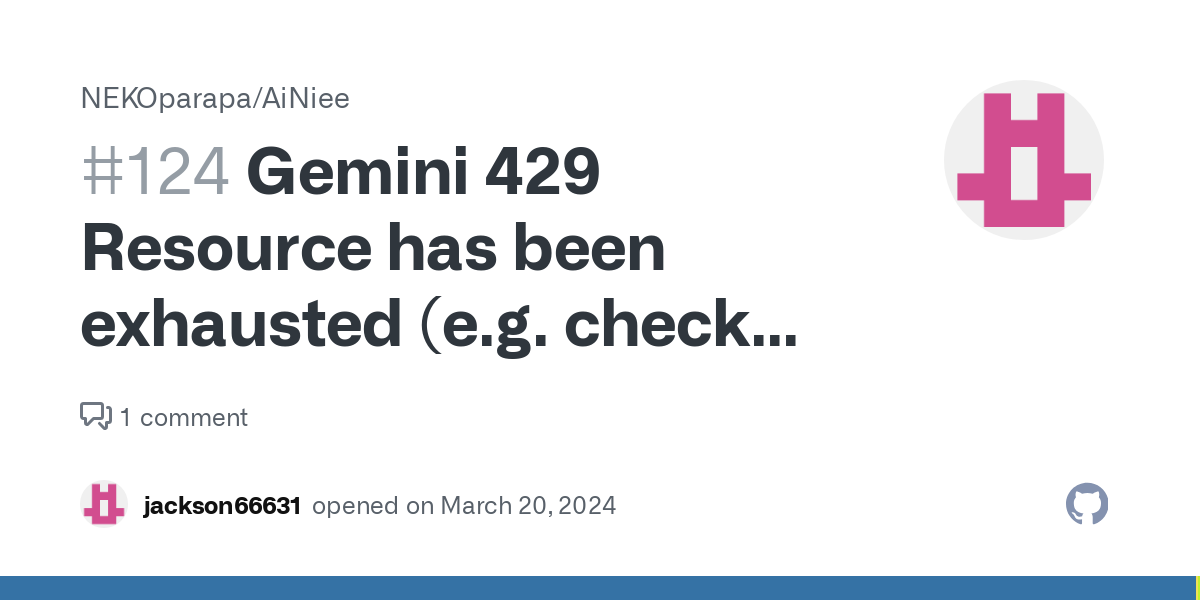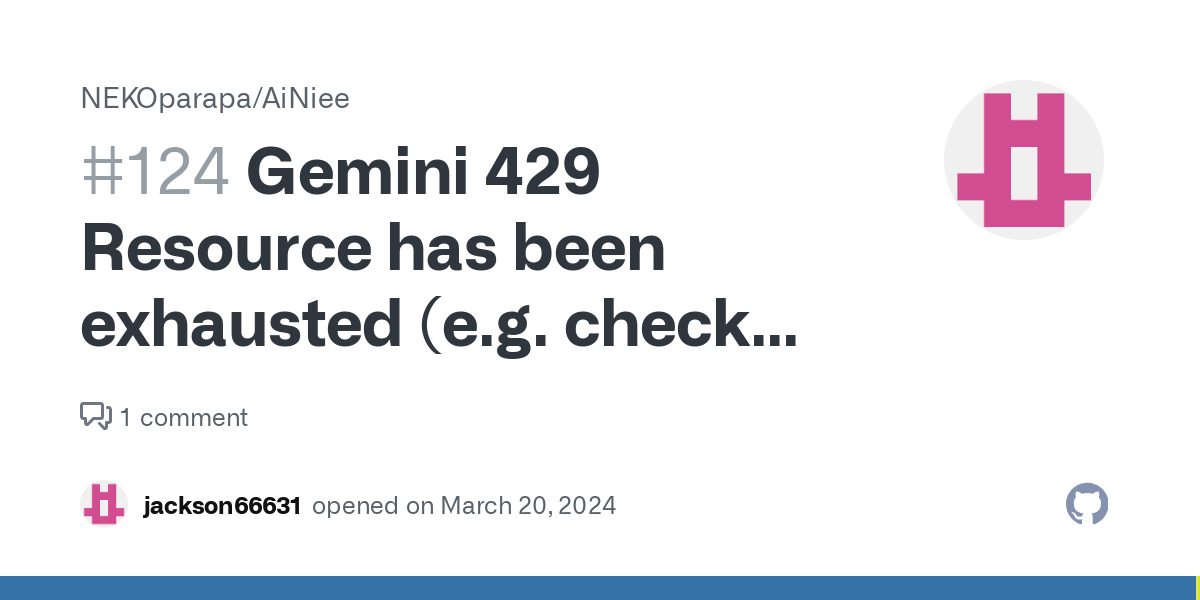Best CRM for solopreneurs isn’t just about software; it’s about choosing the right tool to manage client relationships, boost efficiency, and ultimately, grow your business. This guide explores the essential features, popular platforms, and strategic considerations for solopreneurs seeking to leverage the power of a CRM. We’ll navigate the complexities of pricing models, integration capabilities, and data-driven decision-making, empowering you to make an informed choice that aligns with your unique needs and future aspirations.
From identifying your specific challenges to selecting a CRM that scales with your growth, we’ll provide a comprehensive overview. We’ll compare different CRM systems, highlighting their strengths and weaknesses, and discuss the importance of seamless integration with other essential business tools. Ultimately, this guide aims to equip you with the knowledge necessary to choose the best CRM to propel your solopreneur journey forward.
Defining the Needs of Solopreneurs

Solopreneurs, juggling multiple roles and limited resources, face unique challenges in managing customer relationships. Effective CRM implementation can significantly alleviate these pressures, leading to increased efficiency and improved client satisfaction. Understanding these challenges and selecting the right CRM features are crucial for solopreneur success.
Top Three Challenges for Solopreneurs in Customer Relationship Management
Solopreneurs often struggle with three key areas: organizing and tracking client interactions, managing communication effectively across various channels, and efficiently following up on leads and sales opportunities. These challenges often stem from a lack of centralized systems for managing customer data, leading to inefficiencies and potential loss of valuable business opportunities.
Essential CRM Features for Solopreneurs
To overcome these challenges, a CRM for solopreneurs needs specific functionalities. Contact management, allowing for detailed client profiles with notes and interaction history, is paramount. Integrated communication tools, encompassing email, SMS, and potentially even social media integration, streamline outreach and maintain consistent brand messaging. Finally, robust lead and opportunity tracking features enable efficient follow-up, preventing potential sales from slipping through the cracks.
These features work together to provide a holistic view of each customer interaction, promoting better organization and personalized service.
Impact of Pricing Models on Solopreneur CRM Choices
The various pricing models available for CRMs – freemium, subscription-based (with tiered pricing), and one-time purchases – significantly influence a solopreneur’s decision. Freemium models offer basic functionality at no cost, suitable for very small businesses or those testing the waters. Subscription models, however, often provide more advanced features and scalability as the business grows, but require ongoing payments.
The choice depends on the solopreneur’s budget, anticipated growth, and the level of CRM functionality needed. A careful evaluation of features against cost is vital. For example, a solopreneur with a limited budget and a small client base might opt for a freemium model, while a rapidly growing business might prefer a scalable subscription plan to accommodate increasing client numbers and complex features.
CRM vs. Spreadsheets for Solopreneurs
Choosing between a dedicated CRM and spreadsheets for managing customer relationships is a critical decision for solopreneurs. While spreadsheets might seem like a cost-effective alternative initially, they lack the sophisticated features and scalability of a purpose-built CRM.
| Feature | CRM | Spreadsheet |
|---|---|---|
| Organization & Data Management | Highly organized, searchable database; robust reporting and analytics. | Prone to errors and inconsistencies; limited reporting capabilities; difficult to manage large datasets. |
| Communication & Integration | Integrated communication tools (email, SMS, etc.); often integrates with other business tools. | Requires manual data entry and transfer across multiple platforms; lacks integration capabilities. |
| Scalability & Automation | Easily scalable to accommodate business growth; automation features save time and improve efficiency. | Difficult to scale; minimal automation capabilities; becomes cumbersome with increased data volume. |
| Cost | Subscription fees; can be a significant investment depending on the chosen plan. | Generally low cost (often free); but can lead to hidden costs in terms of time and potential lost business. |
CRM Software Options for Solopreneurs

Choosing the right CRM can significantly boost a solopreneur’s efficiency and client relationships. The ideal platform will depend on individual needs and budget, but several excellent options cater specifically to the unique requirements of solo businesses. This section explores some popular choices, categorized by pricing, and highlights their key features.
CRM Software Options by Pricing Tier
Selecting a CRM involves considering your budget. The options below represent a range of pricing models, from free plans with limited features to more robust paid options offering advanced functionalities. This allows solopreneurs to choose a solution that aligns with their current financial capacity and future scaling plans.
- Free/Freemium: HubSpot CRM: HubSpot offers a robust free plan suitable for solopreneurs starting out. Contact management is straightforward, with the ability to create custom properties and track interactions. Task automation is limited in the free version but provides basic features like email scheduling. Reporting is also basic, focusing on deal and contact activity.
- Affordable: Zoho CRM: Zoho CRM offers a range of plans, including very affordable options perfect for solopreneurs. Contact management includes features like segmentation and custom fields. Task automation allows for setting reminders and workflows, albeit with fewer automation capabilities than higher-tiered plans. Reporting provides a good overview of sales performance and contact interactions.
- Mid-Range: Pipedrive: Pipedrive is known for its intuitive sales pipeline focus. Contact management is centered around deals, making it easy to track client progress. Task automation features allow for automated email sequences and reminders linked to deal stages. Reporting focuses primarily on sales pipeline performance and deal conversion rates.
- Mid-Range: Freshsales: Freshsales provides a strong blend of sales and customer service features at a competitive price point. Contact management includes features like detailed contact history and communication logs. Task automation allows for setting up automated workflows and email sequences based on specific criteria. Reporting provides dashboards showcasing key sales metrics and customer interactions.
- Enterprise-level (Scalable): Salesforce Sales Cloud: While primarily targeted at larger businesses, Salesforce offers scalable solutions that can be valuable for solopreneurs anticipating significant growth. Contact management is highly customizable, allowing for complex data organization. Task automation capabilities are extensive, supporting sophisticated workflows and integrations. Reporting provides in-depth analytics and customizable dashboards.
CRM User Interface Comparison: HubSpot, Zoho, and Pipedrive
The user interface significantly impacts ease of use, especially for beginners. Three popular CRMs – HubSpot, Zoho, and Pipedrive – offer distinct approaches. HubSpot’s interface is generally considered clean and intuitive, with a straightforward layout making navigation easy. Zoho CRM, while functional, can feel somewhat cluttered to new users, with many features potentially overwhelming at first. Pipedrive, with its sales pipeline focus, offers a simpler, visually appealing interface that’s easy to grasp, even for those unfamiliar with CRM software.
Client Onboarding Workflow using CRM
A flowchart illustrating the typical workflow for client onboarding using a CRM would visually represent the process.Imagine a flowchart with these stages:
1. Lead Capture
A new lead enters the system (e.g., via a contact form on the website).
2. Lead Qualification
The solopreneur reviews the lead information to determine if it’s a good fit.
3. Contact Creation
A new contact record is created in the CRM, capturing all relevant details.
4. Initial Communication
An automated email sequence is triggered, welcoming the lead and providing initial information.
5. Proposal/Contract
The solopreneur creates and sends a proposal or contract, tracking the status within the CRM.
6. Onboarding Tasks
Tasks related to the onboarding process are assigned and tracked (e.g., setting up accounts, providing access).
7. Onboarding Complete
The process is marked as complete, triggering any relevant automated follow-up.
Integration and Automation Capabilities

For solopreneurs, a CRM’s value extends far beyond contact management. True power lies in its ability to seamlessly integrate with other essential business tools and automate repetitive tasks, freeing up valuable time and energy for core business activities. Effective integration and automation are key to maximizing efficiency and productivity.The benefits of integrating your CRM with other software are substantial.
Connecting your CRM to your email marketing platform, accounting software, and other tools creates a centralized hub for all your customer and business data. This interconnectedness eliminates data silos, reduces manual data entry, and provides a holistic view of your business operations. Automation features further enhance this efficiency, streamlining workflows and reducing the administrative burden.
CRM Integration with Other Business Tools
Integrating your CRM with other tools significantly improves workflow. For example, imagine automatically updating your accounting software with new sales data directly from your CRM, eliminating the need for manual data entry. Similarly, syncing your CRM with your email marketing platform allows for targeted campaigns based on customer segmentation and behavior tracked within the CRM. This integrated approach ensures data consistency and minimizes the risk of errors associated with manual data transfer.
Popular integrations include linking a CRM with email marketing services like Mailchimp or Constant Contact, and accounting software like QuickBooks or Xero. The specific integration process varies depending on the software used, but generally involves API keys or authorized connections within each platform’s settings.
Benefits of Automation Features
Automation features within a CRM dramatically increase productivity. Email sequences, for instance, can nurture leads automatically, sending targeted messages at predetermined intervals. This ensures consistent communication without requiring manual intervention for each individual interaction. Similarly, automated appointment scheduling allows clients to book meetings directly through your CRM, eliminating back-and-forth emails and freeing up your time. These automation capabilities not only save time but also improve consistency in customer communication and service.
For example, a consistent onboarding email sequence could drastically reduce the time spent responding to repetitive client questions.
Streamlining Communication and Reducing Administrative Tasks, Best crm for solopreneurs
A well-integrated and automated CRM acts as a central command center, streamlining communication and significantly reducing administrative overhead. By consolidating all customer interactions and data in one place, you can easily access all relevant information, regardless of the communication channel (email, phone, social media). This centralized view improves response times and enables more personalized interactions. Automated tasks like appointment reminders, follow-up emails, and reporting further reduce the burden of manual administration, allowing you to focus on higher-value activities like sales and marketing.
Consider the time saved by automating invoice generation and sending based on completed projects, for example.
Step-by-Step Guide: Integrating CRM with Mailchimp
This guide uses Mailchimp as an example; the exact steps may vary slightly depending on your chosen CRM and email marketing platform.
- Log in to both your CRM and Mailchimp accounts. Ensure you have administrator-level access to both platforms.
- Locate the integration settings in your CRM. Most CRMs have a dedicated section for app integrations or connections.
- Search for the Mailchimp integration. Your CRM should have a pre-built integration or a method to connect via API.
- Authorize the connection. You will likely need to grant your CRM access to your Mailchimp account. This typically involves providing API keys or allowing the CRM to access your Mailchimp data.
- Configure the integration settings. This may involve selecting specific lists or segments within Mailchimp to sync with your CRM. Ensure you understand the data that will be shared between platforms.
- Test the integration. Add a new contact to your CRM and verify that it is automatically added to your selected Mailchimp list.
Data Management and Reporting
Effective data management and insightful reporting are crucial for solopreneurs to understand their business performance and make informed decisions. CRMs provide the tools to track key customer interactions, analyze trends, and ultimately, boost profitability. By centralizing customer information and automating reporting processes, solopreneurs can free up valuable time and focus on strategic growth.
CRMs help solopreneurs track key performance indicators (KPIs) related to customer interactions by providing a centralized repository for all customer data. This allows for easy analysis of various aspects of the customer journey, from initial contact to final sale and beyond. Instead of relying on scattered spreadsheets or email chains, solopreneurs gain a clear, comprehensive view of their customer base and their engagement with the business.
This facilitates the identification of patterns, trends, and areas for improvement.
CRM Reporting Features and Their Relevance to Solopreneurs
Various CRM systems offer a range of reporting features tailored to different business needs. These features allow solopreneurs to gain valuable insights into their sales performance, marketing effectiveness, and customer satisfaction levels. Common reporting functionalities include sales pipeline analysis, customer segmentation, lead conversion rates, and campaign performance metrics. For example, a simple sales pipeline report visually displays the progress of deals through different stages, highlighting potential bottlenecks or areas needing attention.
Customer segmentation reports allow for targeted marketing campaigns based on customer demographics or purchase history, maximizing the return on marketing investment.
Examples of Insightful Reports for Solopreneurs
Several reports offer particularly valuable insights for solopreneurs. A “customer lifetime value” report calculates the total revenue generated by each customer over their relationship with the business. This helps identify high-value customers and inform strategies for retention and upselling. A “lead source report” tracks the origin of leads, identifying the most effective marketing channels and allowing for resource allocation optimization.
Furthermore, a “customer satisfaction report” based on feedback surveys or support interactions helps pinpoint areas needing improvement in customer service or product development. Analyzing these reports enables data-driven decision-making, improving efficiency and profitability.
Data Visualization for Improved Decision-Making
Imagine a dashboard displaying key metrics: a bar chart showing sales revenue by month, a pie chart illustrating the breakdown of customer acquisition costs by marketing channel, and a line graph depicting customer satisfaction scores over time. This visual representation immediately highlights trends and potential issues. For instance, a sudden drop in sales revenue in a specific month prompts investigation into potential causes, while a consistently low satisfaction score from a particular customer segment suggests the need for service improvements or product adjustments.
This clear, concise presentation of data facilitates quicker, more informed decision-making compared to wading through lengthy spreadsheets or complex reports. The visual nature of the dashboard makes identifying patterns and anomalies significantly easier, leading to proactive problem-solving and strategic planning.
Scalability and Future Growth: Best Crm For Solopreneurs
Choosing the right CRM for your solopreneur journey means considering not just today’s needs, but also anticipating future growth. A system that works flawlessly for a single entrepreneur might become a bottleneck as your business expands, adding employees and increasing client volume. Selecting a scalable CRM from the outset minimizes the disruption and cost associated with switching platforms later.A CRM’s scalability directly impacts a solopreneur’s ability to efficiently manage their expanding business.
The right platform will adapt seamlessly to the evolving needs of a growing team, enhancing productivity and maintaining data integrity throughout the process. Conversely, a poorly chosen system can lead to inefficiencies, data silos, and ultimately, hinder growth. This section will explore how to choose a CRM that supports long-term business expansion and cost-effectiveness.
Features Beneficial for Scaling to a Small Team
Several CRM features significantly improve efficiency as a solopreneur’s business grows into a small team. These features foster collaboration, streamline workflows, and maintain data consistency across the organization. For instance, features such as user roles and permissions allow for controlled access to sensitive client information, preventing accidental data modification or deletion. Workflow automation tools allow for the delegation of tasks and the creation of repeatable processes, reducing manual effort and improving consistency.
Robust reporting and analytics dashboards offer a clear overview of team performance and identify areas for improvement. Finally, seamless integration with other business tools, such as accounting software and email marketing platforms, streamlines operations and minimizes data entry duplication.
Long-Term Cost Implications of Different CRM Options
The long-term cost of a CRM extends beyond the initial subscription fee. Consider factors like implementation costs, training expenses, potential customization fees, and the cost of ongoing maintenance and support. Cloud-based CRMs often have predictable monthly subscription fees that scale with the number of users. On-premise solutions may have lower monthly costs but involve significant upfront investment in hardware, software licenses, and IT support.
While initially cheaper, on-premise solutions can become increasingly expensive as your team and data volume grow, requiring more powerful hardware and additional IT staff. Choosing a scalable cloud-based CRM can often prove more cost-effective in the long run, offering flexibility and avoiding large capital expenditures. For example, a small team might start with a basic plan and upgrade to a more comprehensive package as they expand.
This avoids the costly process of switching CRMs entirely.
Factors to Consider When Choosing a Scalable CRM Solution
Before committing to a CRM, carefully consider these factors to ensure scalability and long-term suitability:
- User scalability: How easily can the CRM accommodate a growing number of users and maintain performance?
- Data storage capacity: Does the CRM offer sufficient storage for your anticipated data volume growth?
- Integration capabilities: Can the CRM integrate with other essential business tools, ensuring seamless workflow?
- Customization options: Does the CRM allow for customization to fit your evolving business processes?
- Pricing model: Is the pricing model scalable and predictable, avoiding unexpected costs as your business grows?
- Customer support: Does the vendor offer reliable and responsive customer support to assist with any issues?
- Security features: Does the CRM provide robust security features to protect your valuable client data as your business grows and your data volume increases?
Final Conclusion

Selecting the best CRM for your solopreneur business is a crucial decision impacting efficiency and growth. By carefully considering your needs, exploring various platforms, and understanding the importance of integration and data analysis, you can confidently choose a system that streamlines your operations and sets you up for success. Remember, the ideal CRM is not a one-size-fits-all solution; it’s the one that best supports your unique workflow and contributes to your long-term business objectives.
Invest wisely, and watch your business flourish.
Essential Questionnaire
What is the average cost of a CRM for solopreneurs?
Costs vary widely depending on features and provider, ranging from free options with limited functionality to several hundred dollars annually for more robust solutions. Many offer freemium models.
How much time does it take to learn a new CRM?
The learning curve depends on the CRM’s complexity and your tech proficiency. User-friendly platforms can be mastered within a few hours, while more advanced systems may require more time and possibly training.
Can I import existing client data into a new CRM?
Most CRMs offer data import features, usually via CSV files. Check the specific CRM’s documentation for instructions; it’s often a straightforward process.
What if my business needs change? Can I easily switch CRMs?
Switching CRMs is possible but requires careful planning. Data migration is key; some CRMs offer smoother transitions than others. Consider data portability when choosing a CRM.

